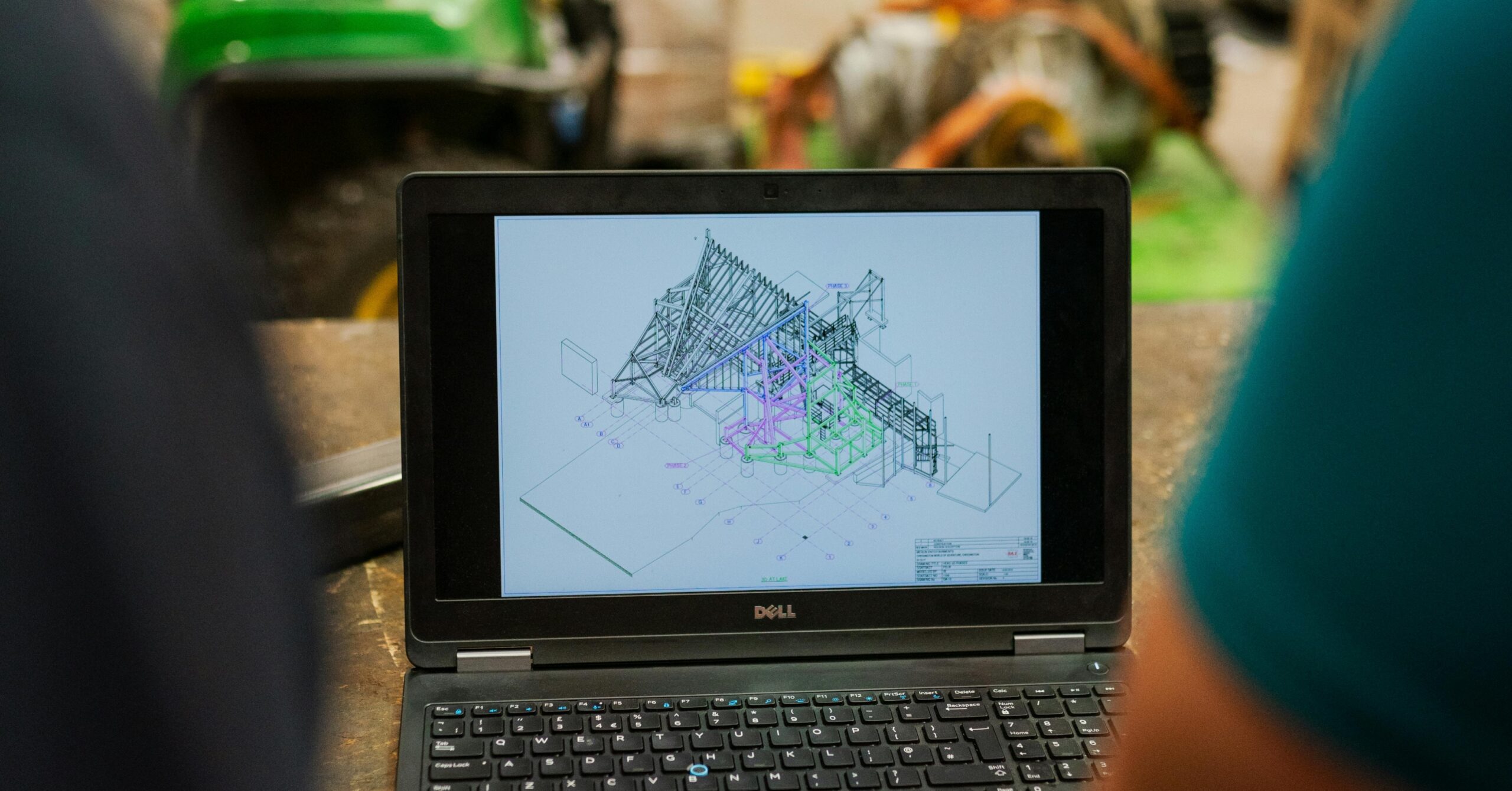The Importance of User Experience
In the present computerized age, programming has turned into a vital piece of our day-to-day routines, going from portable applications to complex undertaking frameworks. With the expansion of programming arrangements, the opposition among engineers and organizations to catching clients’ consideration and steadfastness has escalated. The importance of User Experience (UX) in software design cannot be overstated in this environment. UX incorporates the general experience a client has while collaborating with an item, including its ease of use, openness, and profound effect. This article investigates the significance of UX in programming configuration, its key standards, and the advantages it offers to the two clients and organizations.
Software Design
Software design’s understanding of user experience (UX) and client experience (UX) plans centers around making items that are instinctive, productive, and pleasant to utilize. To create user-friendly interfaces that enable seamless interactions, it is necessary to comprehend the requirements, preferences, and behaviors of users. To create a user-centric and cohesive experience, effective UX design takes into account a variety of factors, such as visual design, information architecture, navigation flow, and content presentation.
The Significance of UX in Programming Plan Improved Convenience
One of the essential goals of UX configuration is to upgrade convenience by making programming natural and simple to explore. A well-designed user interface makes it easier for new users to get up and running quickly and efficiently. A smooth user experience is made possible by clear design elements and intuitive navigation, which results in increased user engagement and satisfaction.
Enhanced Customer Satisfaction
Software that provides a positive user experience is more likely to be used by customers. By focusing on a UX plan, designers can make items that address clients’ issues and surpass their assumptions. A fantastic client experience cultivates trust and dedication, empowering clients to get back to the product and prescribe it to other people.
Decreased Mistakes and Grinding
Inadequately planned programming can prompt client disappointment, bringing about blunders, disarray, and surrender. The goal of user experience design is to streamline interactions and reduce friction points, thereby lowering error rates and increasing user confidence. Clear input, mistake counteraction instruments, and instinctive work processes add to a smoother client experience.
Openness and Inclusivity
Availability is a major part of UX configuration, guaranteeing that product is usable by people, everything being equal. By taking into account openness rules and standards, engineers can plan interfaces that oblige assorted clients, incorporating those with disabilities. Accessibility is a priority that not only improves usability but also demonstrates a commitment to social responsibility and inclusion.
Superior user Experience
Superior user experience (UX) can be a key point of differentiation for software products in a competitive market. When compared to alternatives with comparable features, users are more likely to select software that provides a superior user experience. By attracting and retaining users, increasing customer satisfaction, and ultimately contributing to long-term success, investing in user experience design gives businesses a competitive edge.
The Fundamentals of UX Design Client-Focused Plan
UX configuration starts with grasping the requirements, objectives, and ways of behaving of the interest group. Designers gain insight into user preferences and pain points through persona development, usability testing, and user research, which inform design decisions.
Consistency
Predictable plan components, for example, design, route designs, and visual styling, add to a durable client experience. Usability and cognitive load are reduced and improved when design patterns and standards are established and adhered to.
Straightforwardness
Working on complex cycles and decreasing superfluous components are the centers of a UX plan. By focusing on clarity and straightforwardness, creators guarantee that clients can achieve assignments with insignificant exertion and mental strain.
Criticism and Cycle
Persistent input and an iterative plan are fundamental for refining the client experience. By getting-together client input through ease of use testing, overviews, and examination, planners can recognize regions for development and emphasize on the plan to address client needs successfully.
Availability and Inclusivity
Planning considering openness guarantees that product is usable by people with different capacities. Taking into account openness rules and directing availability testing are vital pieces of UX configuration, advancing inclusivity and equivalent access for all clients.
Conclusion
In the advanced scene, the significance of Client Experience (UX) in programming configuration couldn’t possibly be more significant. UX design improves the overall quality of software products by placing a priority on usability, accessibility, and user satisfaction. This increases user engagement, loyalty, and business success. Embracing the vital standards of UX configuration, including client-centeredness, consistency, straightforwardness, criticism, and availability, enables designers to make items that resound with clients and convey significant encounters in an undeniably cutthroat market. As innovation keeps on developing, putting resources into UX configuration stays an urgent methodology for building effective programming arrangements that address the issues of clients and surpass their assumptions.










